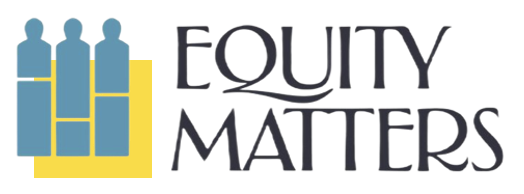Setting goals and priorities for the upcoming academic year
The start of the school year offers leaders a fresh slate—a chance to define goals, set priorities, and align their vision with the needs of their school community. But effective goal-setting isn’t just about deciding what to do; it’s about engaging your team, reflecting on past successes and challenges, and being intentional about what truly matters for the year ahead.
Our Equity Consultants share insights to guide leaders in establishing meaningful and actionable goals that foster collaboration and drive improvement. From refining your vision to prioritizing de-implementation, this post explores strategies for starting the year with clarity and purpose.
Let’s explore how leaders can set the tone for a purposeful and impactful school year, ensuring their goals and priorities resonate with their teams and inspire progress for all.
What is a great way for leaders to identify their Goals and Priorities at the start of the school year?
Dr. Sonya Murray, CEO/Founder
As leaders set goals and priorities for the upcoming year, I would encourage them to involve their teams in the planning process. When team members are given the opportunity to contribute to goal-setting and decision making they feel more invested in the outcomes. Remember, people are less likely to tear down a fence they help to build.
Dr. Kristen Taylor, Lead Equity Consultant
Begin by clearly defining your vision for the upcoming academic year. By answering these questions, you can help make your vision refined and accessible to all! What do you hope to achieve? What's different or improved from last year? What gained traction and what fell flat? What would it look and sound like for people to work towards and achieve the vision?
Dr. Sherrie Robbins, Equity Consultant
When setting goals and priorities for the year, it's just as important to consider what's no longer serving your organization as it is to think about what's next. You can't just add on the next thing. Pausing for reflection on what you want to keep doing, what you want to modify or revise, and what you want to stop altogether needs to be part of the process. From that reflection and plans for de-implementation, you can set goals and plan priority steps.





